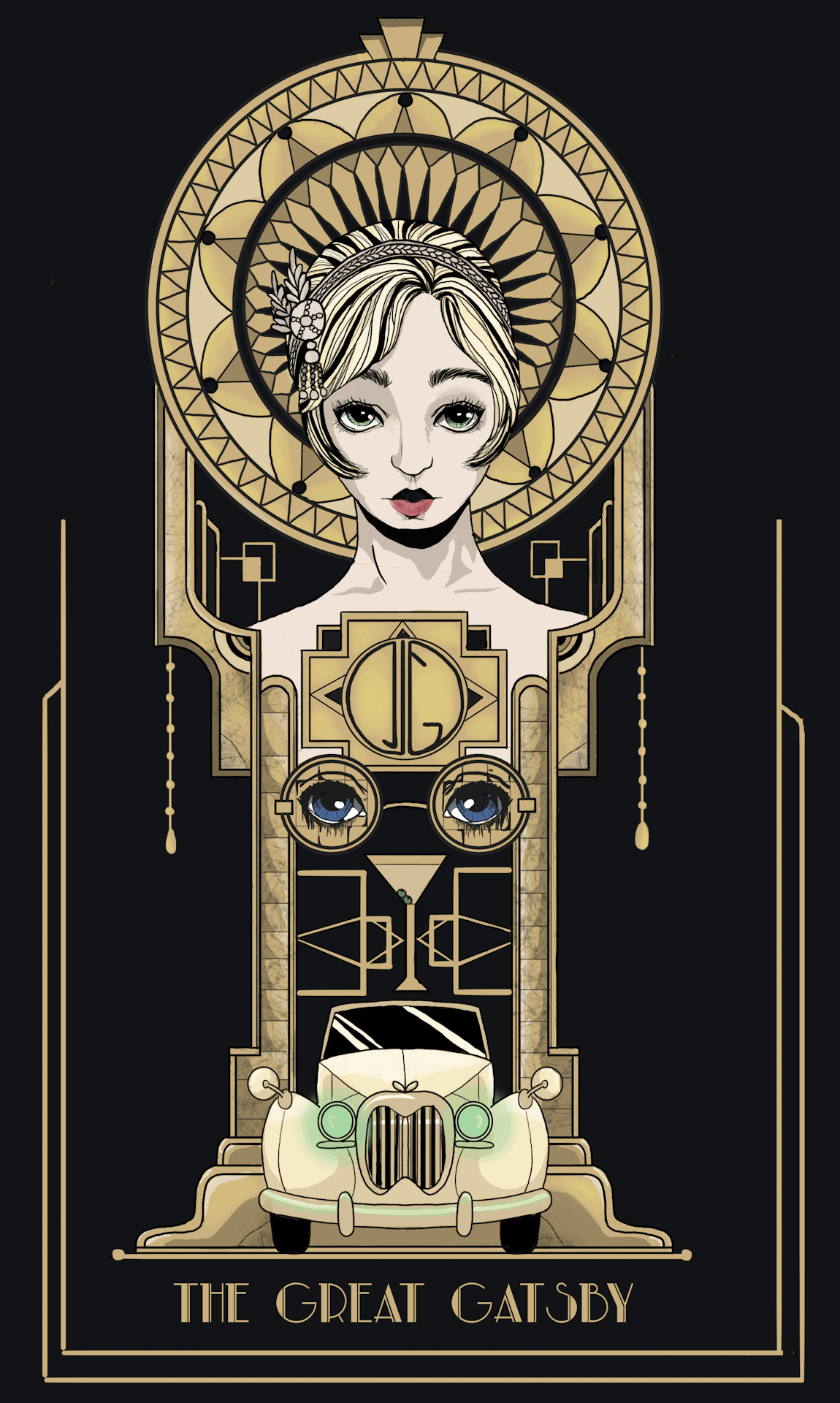by Andrew Hedglin
 Sarah Churchwell’s Careless People: Murder, Mayhem, and the Invention of the Great Gatsby was originally released with the publicity surrounding the 2013 big-budget movie adaptation of The Great Gatsby, so it seems appropriate to use the spotlight of John Grisham’s great beach biblio-thriller Camino Island to recommend Churchwell’s wonderful work to those who, like I, missed it the first time around.
Sarah Churchwell’s Careless People: Murder, Mayhem, and the Invention of the Great Gatsby was originally released with the publicity surrounding the 2013 big-budget movie adaptation of The Great Gatsby, so it seems appropriate to use the spotlight of John Grisham’s great beach biblio-thriller Camino Island to recommend Churchwell’s wonderful work to those who, like I, missed it the first time around.
I first read The Great Gatsby on a car trip with my family to the Grand Canyon fourteen years ago, in preparation for sophomore English. Due to the circumstances of my reading and the rampant narcissism exhibited by most of the main characters, I did not engage with the book very deeply. I don’t think this is an atypical encounter for most people to have with ol’ F. Scott Fitzgerald, at least initially.
 Fortunately, I was reacquainted with Gatsby & Co. almost a decade later when it was I, as an English teacher, who assigned Gatsby to a new crop of high school sophomores. I had a better appreciation by then of American history, and dreams, and ambition, and poetry—and so, too, the novel itself. But mine was a fairly by-the-numbers enlightenment about the books’ genius.
Fortunately, I was reacquainted with Gatsby & Co. almost a decade later when it was I, as an English teacher, who assigned Gatsby to a new crop of high school sophomores. I had a better appreciation by then of American history, and dreams, and ambition, and poetry—and so, too, the novel itself. But mine was a fairly by-the-numbers enlightenment about the books’ genius.
The Great Gatsby does stand as an artifact of its age, but in a very symbolic way. It is a symbol of the Roaring Twenties, just as it is a symbol for The American Dream. But the latter has always been an abstraction, while the former is not. The twenties are a time period that actually happened, and can be studied on their own contemporary terms. In this, Careless People by Sarah Churchwell excels.
Careless People is an examination of all the myriad inspirations for Fitzgerald’s most inspired novel. The title of Churchwell’s book is a phrase used in Gatsby by Nick to describe Tom and Daisy Buchanan specifically, but is reframed here to describe Scott and Zelda Fitzgerald, and the people and culture of the Jazz Age they inhabit.
The book’s framework is structured around a list Scott Fitzgerald made around 15 years after Gatsby’s publication about each chapter’s general inspirations. Churchwell uses the Fitzgeralds’ lives in the fall of 1922 to search for the raw material used to sculpt the scintillating scenes from Gatsby’s explosive story. She does this for three reasons: 1) the fall of 1922 is when the last part of Gatsbyis set; 2) this is the period when the Fitzgeralds lived on Long Island and partied in New York (where Gatsby is set), and 3) this time period shows the aftermath of the Halls-Mills murder case that almost definitely inspired parts of Tom Buchanan and Myrtle Wilson’s torrid and tragic affair.
The book helpfully provides a short manifesto against misusing it:
The problem with trying to think intelligently about the relationship between life and art is that it is so easy think unintelligently about it, to make literal-minded simplistic equations between fiction and reality. Such literalism is reductive and unimaginative, can be deeply tiresome, and often misses the point of fiction entirely. But nor can we simply eliminate life and history from the tale, as if they have nothing to do with the genesis of fiction. If as its best fiction can transform reality, that doesn’t mean that its history has nothing left to teach us. Art does not shrink when it comes into contact with reality: it expands.
Perhaps what Careless People expands best is not even Gatsby itself, but Fitzgerald, the artist who created it. It rescues him from either myth or caricature, and explains what kind of artist he really was. He was in love with his world, but his mind was also outside of it. He had a sense of history, not merely past, but future, with a finely-tuned gift for guessing right where history was heading. Fitzgerald was not a world-creator like a fantasy writer, even if that’s how the modern reader might experience his work, but a world-remixer who rearranged the stuff of daily life to make a grand statement. Contemporary critics could see the daily life, but no statement. We often run into the opposite problem. Careless People is both lyrical and suggestive, much like the novel it profiles, and does a deft job of explaining how Fitzgerald wove fashion into art, and made art from fashion.


Comments are closed.